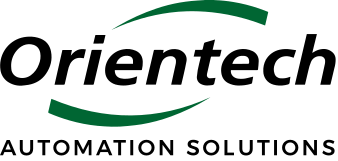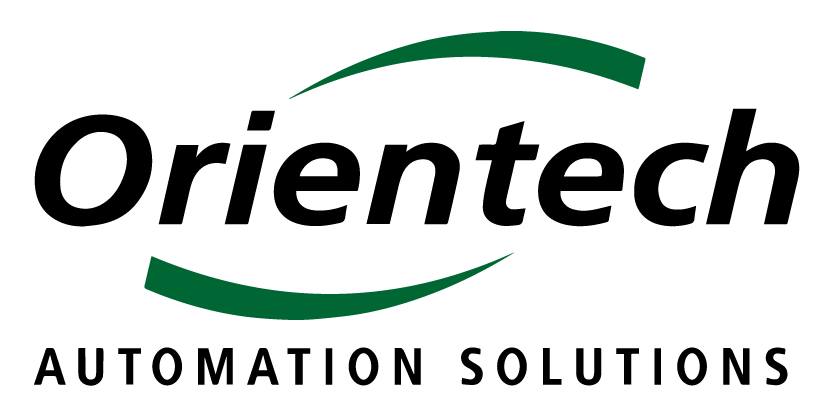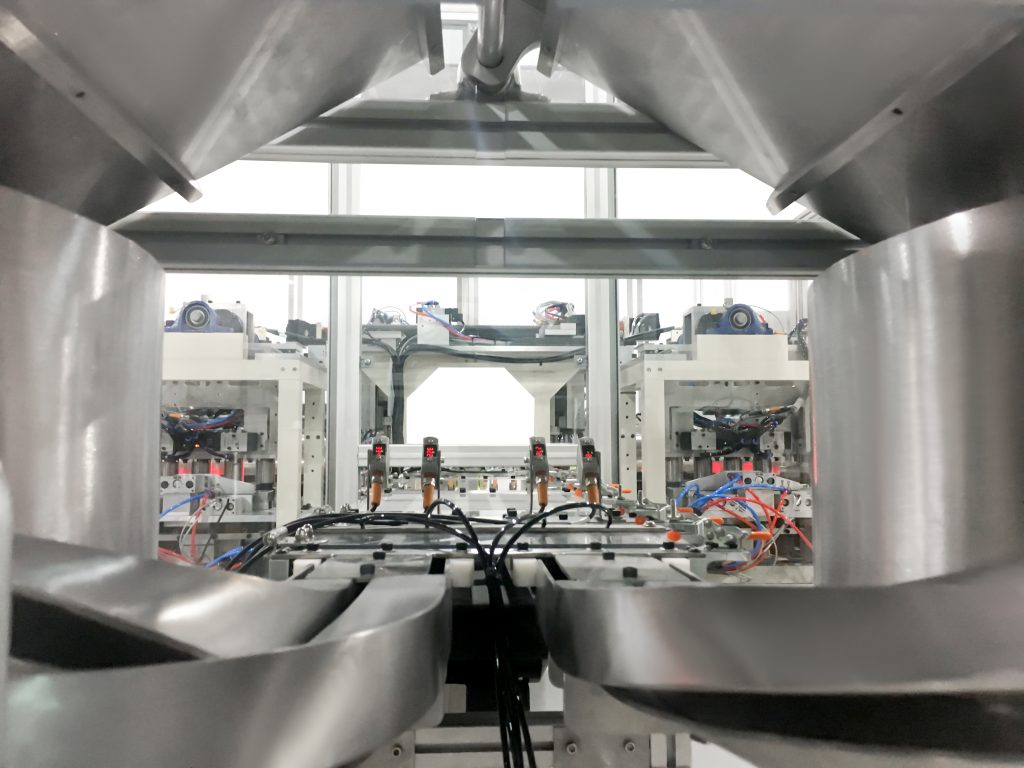One of the best practices to avoid unplanned downtime is to implement mandatory well-organized, and managed FAT and SAT into your processes. These testing periods are major milestone during project execution and installation. They can help manufacturers, avoiding some of the common problems associated with projects, such as the impact of parts changes or variations.
WHY DO FAT AND SAT MATTER?
FAT (Factory Acceptance Test) is a process for evaluating equipment both before and after the assembly process. The test seeks to verify that the process operates following design specifications. It is performed at the manufacturing site or factory when the equipment is ready for use and according to industry requirements. Because the tests occur before being shipped to the customer, it is easier to make modifications. The purpose of a FAT is to qualify the machine before shipment. It should never occur at the customer’s premises.
FAT is an essential protocol after the purchase of automation equipment, and should ideally kick off with an initial meeting. During this meeting, the manufacturers receive the client specifications and requirements at the manufacturer’s site to check that the new equipment works precisely according to the needs and exchanges between the two partners.
This test identifies any potential problems before the equipment is shipped and delivered to the end customer.
FAT reassures the equipment sponsor, significantly reduces the time and cost of resolving potential issues and ensures that the production lines are in place and ready for operation at the right time.
SAT (Site Acceptance Test) is a type of testing that occurs after the installation and final configuration of the equipment at the end customer’s premises. SAT typically uses the FAT results to ensure that everything works according to previously approved test plans and specifications. SAT includes checking that the equipment has not been damaged during transportation or installation and checking that systems and peripherals are connected correctly.
CHECK OUT HOW TO IMPLEMENT A PREVENTIVE MAINTENANCE PROGRAM
SIMPLIFY THE PROCESS WITH OUR CHECKLIST
There is no basic, catch-all list that engineers can use to cover all possible tests. That said, our experience with our partners allows us to establish a list of inspection points necessary to control each testing process, which is essential for the proper functioning of any industrial equipment in automation. We’ve created a comprehensive and handy checklist for implementing FAT and SAT methods. Click here to download the checklist.
When all requirements have been met for both parties, we recommend that you record the test run details in a document. It should highlight test planning, results, troubleshooting or deficiencies, task repetition, and problem-solving.
Once the parties approve the document, it is time to schedule the delivery of the equipment and the SAT.
HOW TO PREPARE YOUR ENVIRONMENT FOR A SMOOTH SAT
Before we dive into the detailed protocols required for effective SAT, let’s focus on a few preliminary items that should be addressed during the delivery and installation of equipment.
- Make sure there is enough space at the plant entrance for the new equipment. We’ve experienced the need to disassemble and reassemble equipment at the manufacturer’s site, which adds unnecessary time and delays to the process.
- Verify and confirm with the dedicated team about on-site environmental details such as power, pneumatic, dedusting, peripherals, and lighting. Since visual inspection is key to performance, low-light environments may need adjustment.
- When necessary, ensure that all other equipment and non-essential materials are moved before the start of installation to avoid installation delays and downtime.
- In our experience, most of the equipment stops could have been avoided through personalized training by our technicians during machine installation. Do not wait until installation to schedule and plan training, and arrange to have anyone who will interact with the equipment available during our stay on your site, including the night-shift employees.
- Make sure the dedicated team members read the equipment document/manual and plan to follow the recommendations and “what’s needed” to keep it running efficiently (spare parts, tools, cleaning, etc.).
If you want to learn more, download your free template by clicking here or on the button below.



